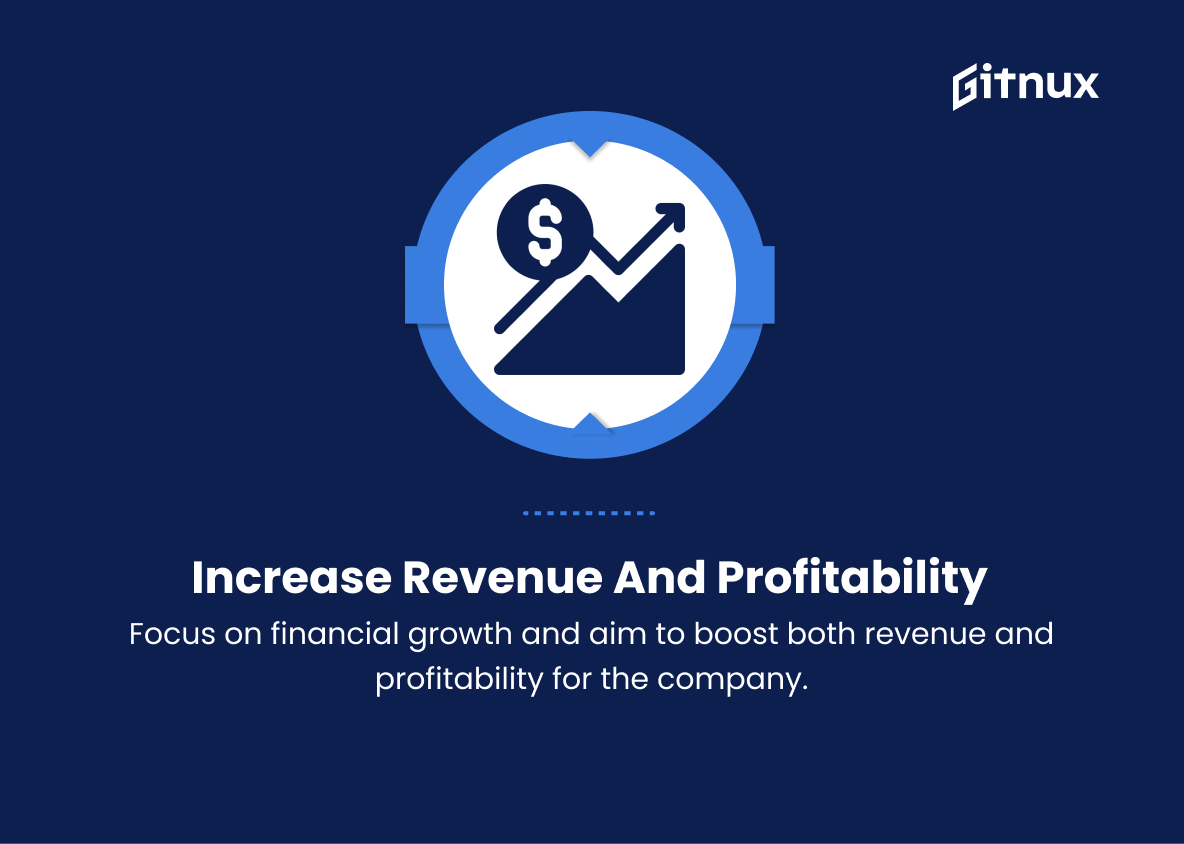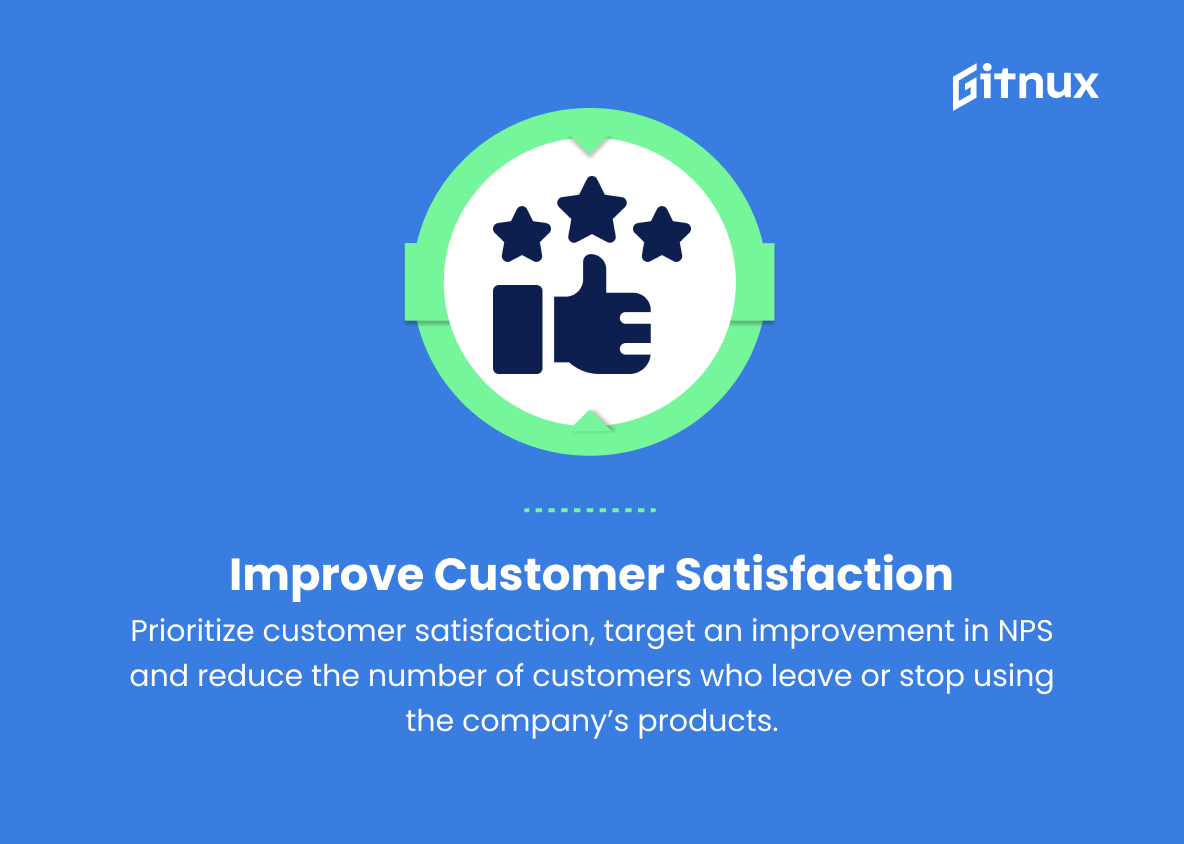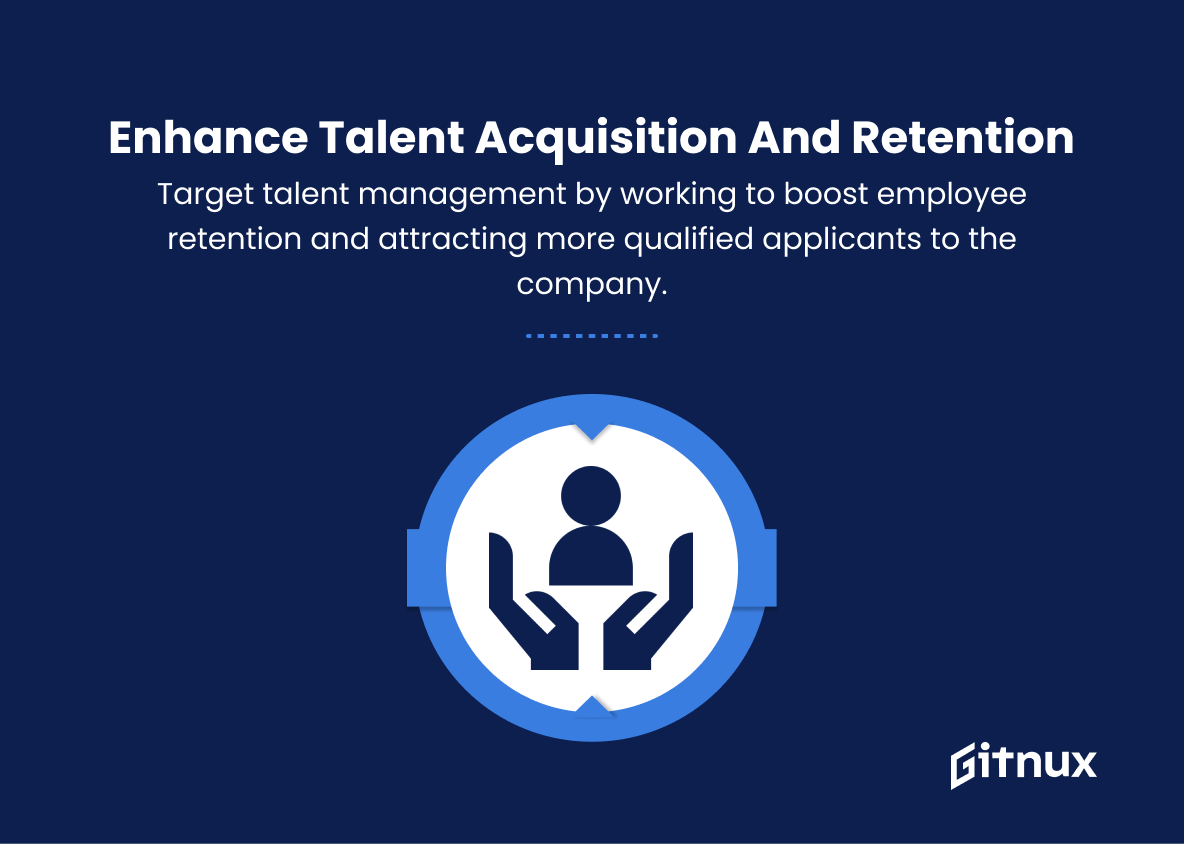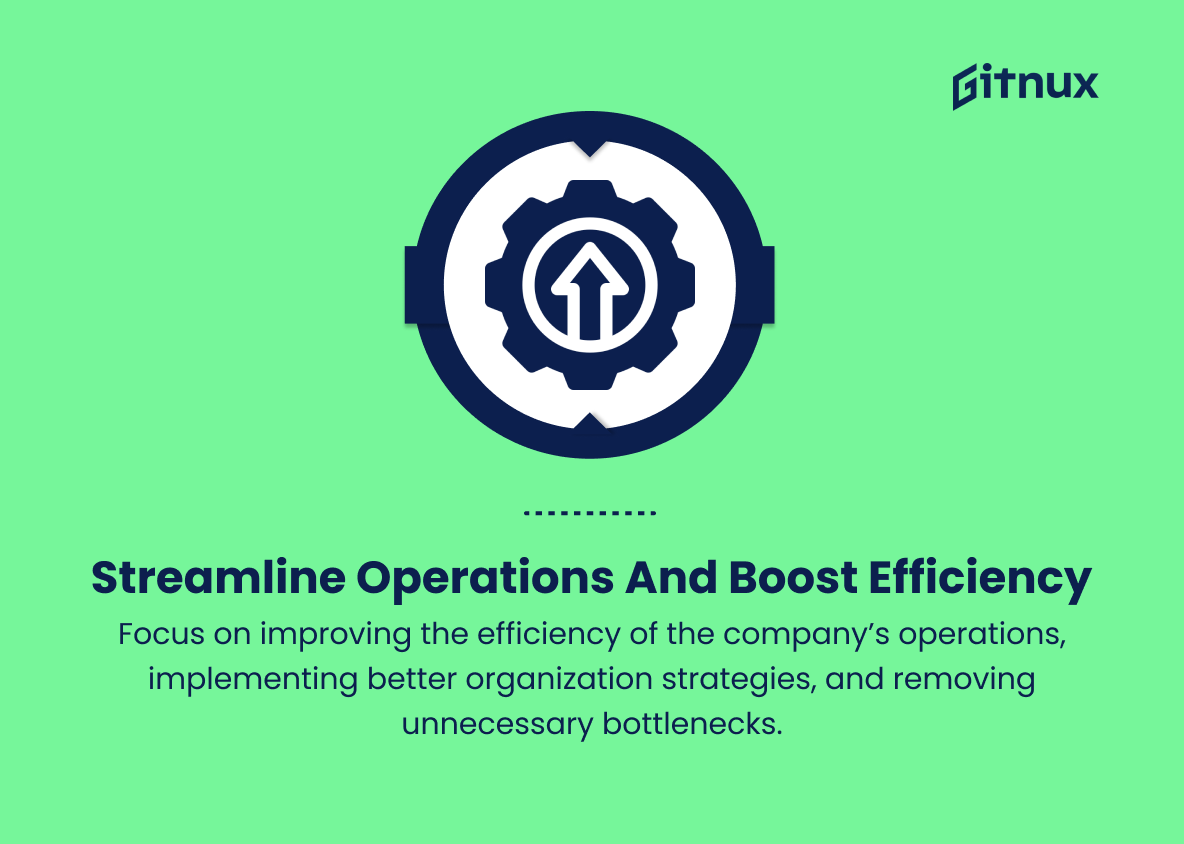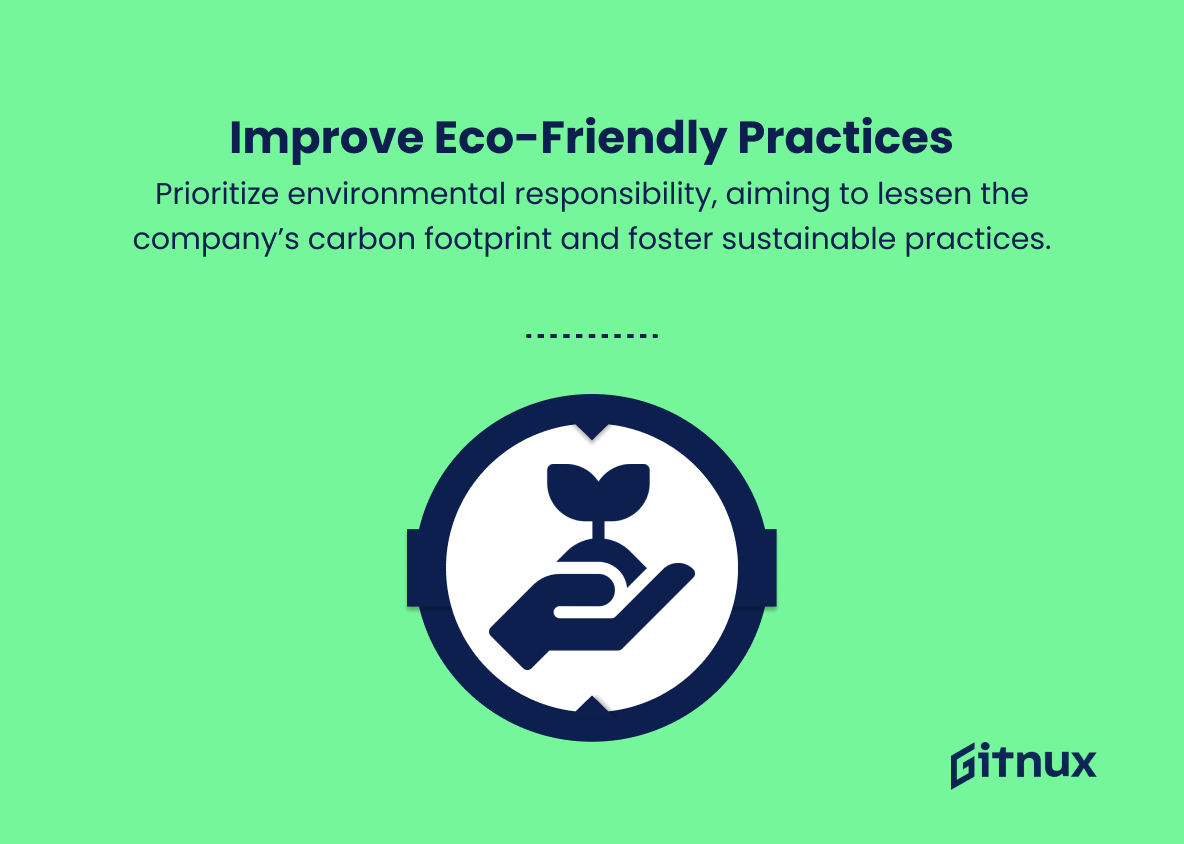In today’s fast-paced and dynamic business landscape, organizations worldwide are constantly striving to enhance their performance, streamline their processes, and attain their strategic objectives. One powerful framework that has emerged as a critical tool for companies and teams alike is the concept of Objectives and Key Results, commonly referred to as OKRs.
This comprehensive approach to goal-setting and performance management has been successfully adopted by some of the world’s leading organizations, such as Google, LinkedIn, and Twitter, and continues to gain traction across industries. In this blog post, we will delve deep into the transformative power of OKRs, discussing their core principles, structure, and implementation, as well as unveiling top practices for unlocking the true potential of this innovative methodology.
Coo OKRs You Should Know
Company OKRs (Coo OKRs) are top-level objectives and key results that set the direction and priorities for an entire organization. Here are several examples of Coo OKRs with short explanations:
1. Objective: Increase revenue and profitability
Key Result 1: Achieve a 20% increase in annual revenue
Key Result 2: Improve net profit margin by 5%
Explanation: This OKR focuses on financial growth, aiming to boost both revenue and profitability for the company.
2. Objective: Expand market share
Key Result 1: Increase market share by 10% in targeted segments
Key Result 2: Launch three new products addressing market gaps
Explanation: This OKR emphasizes market presence and aims to expand the company’s footprint by increasing market share and introducing new products.
3. Objective: Improve customer satisfaction
Key Result 1: Achieve a Net Promoter Score (NPS) of 75 or higher
Key Result 2: Decrease customer churn rate by 3%
Explanation: This OKR prioritizes customer satisfaction, targeting an improvement in NPS and reducing the number of customers who leave or stop using the company’s products.
4. Objective: Enhance talent acquisition and retention
Key Result 1: Improve employee retention rate by 15%
Key Result 2: Increase the number of high-quality job applicants by 25%
Explanation: This OKR targets talent management by working to boost employee retention and attracting more qualified applicants to the company.
5. Objective: Streamline operations and boost efficiency
Key Result 1: Implement a company-wide project management system for better organizing tasks
Key Result 2: Find and eliminate three sources of inefficiency within internal processes
Explanation: This OKR focuses on improving the efficiency of the company’s operations, implementing better organization strategies, and removing unnecessary bottlenecks.
6. Objective: Foster a culture of innovation
Key Result 1: Invest 5% of revenue in research and development initiatives
Key Result 2: Launch two groundbreaking products or services within the year
Explanation: This OKR is geared towards encouraging innovation by allocating resources for R&D and aiming to develop cutting-edge products.
7. Objective: Improve brand image and awareness
Key Result 1: Increase overall brand awareness by 30% in targeted markets
Key Result 2: Receive 5 positive media mentions regarding company contributions to the community
Explanation: This OKR is dedicated to strengthening the company’s reputation and visibility, both within the market and the broader community.
8. Objective: Enhance sustainability and environmental practices
Key Result 1: Reduce companywide carbon footprint by 15%
Key Result 2: Implement three new eco-friendly initiatives within the organization
Explanation: This OKR prioritizes environmental responsibility, aiming to lessen the company’s carbon footprint and foster sustainable practices.
Coo OKRs Explained
Company OKRs, or top-level objectives and key results, play a crucial role in setting the direction and priorities for an organization. These objectives pertain to various aspects, such as financial growth, market presence, customer satisfaction, talent management, operational efficiency, innovation, brand image, and sustainability. By concentrating on increasing revenue, profitability, and market share, companies can thrive financially and expand their customer base.
Aiding customer satisfaction and focusing on talent acquisition and retention contribute to building a strong reputation and fostering a loyal customer and employee base. Streamlining operations and fostering a culture of innovation allow a company to stay competitive and agile within its industry. Additionally, enhancing brand image and awareness, alongside adopting eco-friendly practices, demonstrate a company’s commitment to social and environmental responsibility. Thus, Coo OKRs matter as they provide a clear roadmap for organizations to achieve success and maintain long-term viability.
Conclusion
In conclusion, it’s evident that implementing OKRs (Objectives and Key Results) is a strategic approach for Chief Operating Officers (COOs) to align their organizational goals effectively. By utilizing this powerful framework, COOs can have a significant impact on overall performance, employee motivation, and sustaining long-term growth in today’s competitive marketplace.
By creating a culture of transparency, open communication, and continuous improvement, COOs employing OKRs will ultimately drive efficiency, productivity, and success at every level of their organization. So, start integrating OKRs into your leadership strategy, and witness the transformation it brings to your operations, management, and bottom line.
